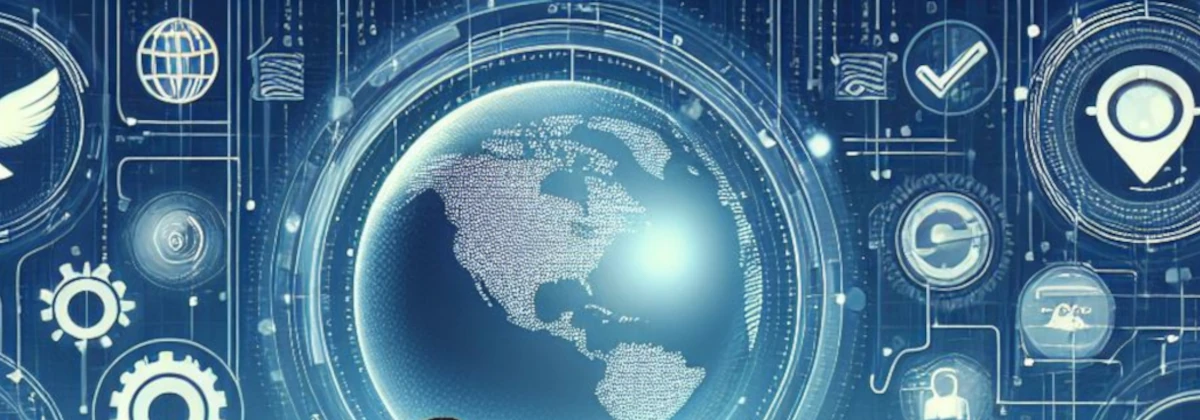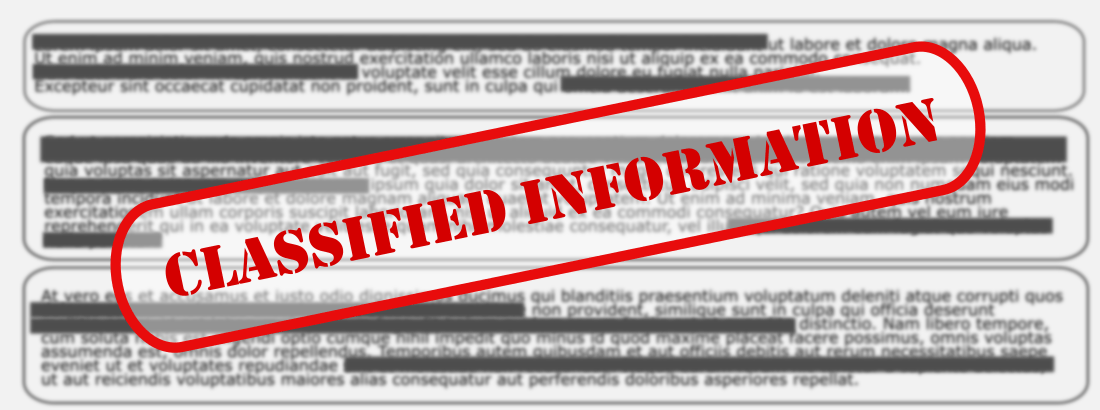Some time ago a colleague wrote about how to live and work with coronavirus (COVID-19), how ISO standards can help us and how to work during a pandemic period.
how to work during a pandemic period.
I would like to raise a few important issues about anti-crisis management. I have hope that organizations, especially their leaderships will devote more attention to business continuity and anti-crisis management and risks will not be assessed in general and formal terms, only to check that the requirements of any standard implemented in the organization are checked.
Currently, many people are searching the literature and looking for quick solutions that can give the desired effect. However, it is worth approaching the topic thoroughly and looking through the prism of your organization. Practical advice on the use of standards for risk management and business continuity, based mainly on the international standard ISO 22301 Business Continuity Management Systems, you can read in the articles:
- ISO in times of plague. How to live and work with the Coronavirus?
- How to work in times of a pandemic??
A good decision will be to use the help of professionals – we invite you to cooperate!
Here are some recommendations that should help you through this difficult time:
- Safeguards and anti-crisis measures should be taken locally. This means that they are to be developed and implemented by a group of committed and interested people in the company (most often it will be management and management). If there are no such people in the organization, the book solutions will not help.
- Distribute responsibility for the company’s future among owners, management and employees in proportion to their influence and contribution. Everyone takes risks and losses, everyone is involved in the changes made.
- Pay attention to the basic needs of customers or people who are not customers, which in urgent cases and with minimal changes, e.g. technological, can meet the needs of your company.
- Look at the whole and individual processes / elements / personnel through the prism of not only results, but rather effectiveness and, above all, durability.
- A crisis is a good way to get rid of what is redundant and has been left the same for years: products, technology, branches/subsidiaries, markets, customers, partners, employees, etc.
However, remember – protect groups of employees from strategic departments for business and important employees / partners working on key products, services and / or technologies (their main signs: high price and low availability in the labor market; high search and maintenance costs; training for beginners will take years). Also, remember about capable and energetic employees, each category of employees and in each department, who are able to assume responsibility after a crisis.
- Speed up decision making and do it in the team as quickly as possible, not follow the old, long paths of “approval”, not look for and translate responsibility into the mythical anti-crisis manager.
Generally, no one knows what the market will look like, especially for this particular company and the company itself after the crisis. Therefore, make no promises and don’t lie.
Autor: Maryna Kuczyńska (4424)
Do you have questions related to the Management System? Be sure to join the Facebook groupISO Poland.Your questions will surely not be left unanswered.








